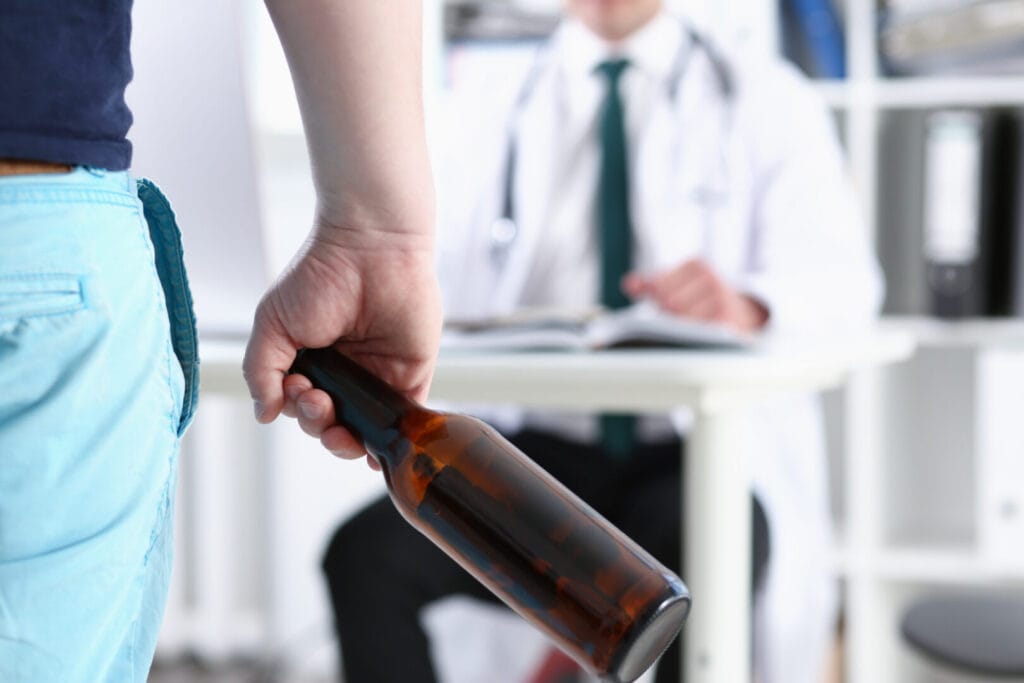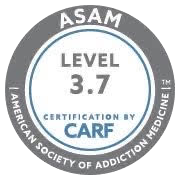The Impact of Alcohol Use Disorder
A high percentage of adults and young people in the United States consume alcohol at least once in their lifetime. Due to consistent substance intake, nearly 16 million adolescents and adults develop dependence and alcohol use disorder. The use of disulfiram and acamprosate are significantly common forms of alcohol medication-assisted treatment (MAT) options. Keep reading to learn more about these medications as forms of alcohol MAT.
Alcohol Use Disorder (AUD)
Alcohol Use Disorder involves challenges in controlling the intake of alcohol. Individuals experiencing the condition continue intake, even when it causes health problems. Such persons may also continue the intake of alcohol despite other adverse social and occupational consequences.
AUD may also involve individuals drinking more alcohol for a certain feeling or experiencing withdrawal symptoms after discontinued intake.
A Closer Look at AUD
Specific health experts refer to AUD as a brain disorder. Depending on the factors around the disorder, it could be mild, moderate, or severe in terms of symptoms. Due to the risks surrounding the intake of alcohol, health experts also recommend moderation. That signifies no more than two drinks a day for men, while it signifies one drink for women. Note that one drink is 1.5 ounces of liquor, 5 ounces of wine, and 12 ounces of beer.
Drinking above the “moderate” amount may lead to dependence, which is one of the major causes of AUD. According to the DSM IV criteria, individuals who have alcohol dependence, may experience tolerance, alcohol withdrawal symptoms, and increased cravings. Certain factors can increase the risks of AUD in individuals. Examples of these include early drinking, genetics, and mental health conditions.
Common Symptoms of Alcohol Use Disorder
Reputable healthcare professionals use the Diagnostic and Statistical Manual of Mental Disorders, Fifth Edition (DSM-5) to assess the presence of AUD. Here are the significant symptoms to note:
- Being unable to limit the amount of alcohol you drink
- Continuing to drink alcohol even though you know it’s causing physical, social, or interpersonal problems
- Giving up or reducing social and work activities and hobbies
- Withdrawal symptoms — such as nausea, sweating, and shaking — when you don’t drink, or drinking to avoid these symptoms
- Wanting to cut down on how much you drink or making unsuccessful attempts to do so
- Spending a lot of time drinking, getting alcohol, or recovering from alcohol use
- Using alcohol in situations where it’s not safe, such as when driving or swimming
- Developing a tolerance to alcohol, so you need more to feel its effect, or you have a reduced impact from the same amount.
- Feeling an intense craving or urge to drink alcohol.
- Failing to fulfill significant obligations at work, school, or home due to repeated alcohol use
MAT Medications for Alcohol
Effective MAT for alcohol use disorder is evident with various FDA-approved medications. Some of these drugs include:
Acamprosate
This drug helps reduce alcohol cravings and lessens withdrawal symptoms of alcohol. Acamprosate functions by decreasing the brain’s alcohol dependency by interacting with other brain neurotransmitters. The medication modulates and normalizes brain activity.
Disulfiram
Intake of disulfiram causes hang-over-like effects and an unpleasant feeling, but it’s an effective MAT for alcohol use disorder. Individuals craving alcohol will find disulfiram an effective medication for alcohol abuse due to the hang-over effects. Some unwanted hang-over-like effects include nausea, vomiting, facial flushing, and chest pain.
Naltrexone
Although the first use of naltrexone was in opioid treatment, it appears to be a suitable alcohol abuse medication. People who take alcohol don’t enjoy the “reward” feeling with naltrexone. However, it’s imperative to note that individuals should go through detoxification before beginning treatment with alcohol addiction medication.
Other Possible Forms of Alcohol MAT
One of the other possible forms of alcohol MAT is benzodiazepines. These MAT drugs for alcohol are important in acute detoxification since they work on the same brain receptors as alcohol. Experts can administer benzodiazepines at the early stages of alcohol withdrawal, taper them down, and discontinue them later.
The Role of Therapy in MAT For Alcohol Abuse
Although MAT can significantly aid recovery, it is most effective when combined with counseling and behavioral therapies. Cognitive Behavioral Therapy (CBT), for example, helps individuals develop coping strategies to manage triggers and cravings. Motivational Interviewing (MI) supports individuals in strengthening their commitment to sobriety, while Contingency Management (CM) provides tangible rewards for maintaining abstinence. Many treatment programs incorporate a combination of these approaches to address both the physical and psychological aspects of addiction. Without therapy and ongoing support, medication alone may not be sufficient for long-term success
Cognitive Behavioral Therapy (CBT)
Cognitive behavioral therapy (CBT) teaches people that their thoughts can influence their feelings and behaviors rather than outside stimuli like people and situations. By understanding how their thoughts influence behavior, people can learn to better control their behavior, avoid situations that may trigger relapse, and cope with other problems contributing to addiction.
Numerous studies have shown that CBT is an effective form of therapy to treat substance use disorder and is most effective when combined with other treatments. For example, cognitive behavioral therapy paired with participation in support groups like Alcoholics Anonymous usually leads to positive results.
Motivational Enhancement Therapy (MET)
Motivational enhancement therapy (MET) can be a good option for people who are resistant to therapy or feel some lingering desire to drink. It aims to help people quickly change their mindset, recognize that they present signs of alcohol dependency, and come to a place where wanting to get better is internally motivated.
Marital and Family Counseling
Marital or family counseling can be crucial in maintaining healthy relationships while recovering from alcohol use disorder. For instance, people may find that their drinking stemmed from family or marital problems, caused problems in their family or marriage, or both. No matter what the case may be, counseling can help the person with AUD, and their loved ones understand the issue, improve their relationship, and learn how to move through treatment together. In addition, marital and family counseling can teach the person’s support group how to help and offer support in the best ways possible.
Brief Interventions
This type of therapy is best suited for people who do not have an alcohol addiction but may be heading in that direction. Brief interventions are short, one-on-one sessions with a counselor or therapist who aim to help a person moderate the way they drink. For example, they may help someone quit binge drinking but not stop drinking altogether.
Research has shown that brief interventions can decrease alcohol consumption by 34% and decrease mortality rates by around 26%.
Medication-Assisted Treatment for Alcohol Use Disorder
MAT for alcohol use disorder involves implementing the use of prescribed drugs alongside behavioral therapies for AUD. According to SAMHSA, MAT is effective and results in suitable outcomes for those experiencing substance use disorder due to alcohol. In reputable MAT treatment for alcohol centers, MAT for alcohol addresses individual needs and provides tailored care.
The medications for AUD help reduce drinking and prevent relapse. Behavioral therapies are key since MAT for alcohol abuse is a “whole-patient” approach to addiction recovery. It helps individuals address the root of their challenges that may lead to relapse. Here’s a detailed breakdown of the benefits and drawbacks of MAT for alcohol:
The Benefits of Alcohol MAT
Alcohol MAT focuses on full recovery as its goal. According to SAMHSA, the MAT for alcohol helps:
- Increase retention in treatment
- Improve patient survival
- Increase chances of gaining employment
- Decreases illicit intake of opioids
The Drawbacks of Alcohol MAT
During medication-assisted treatment for alcohol, the individual must discontinue all habit-forming substances. Even MAT medications for alcohol can be habit-forming. For instance, drugs like methadone (for opioid use disorder) have a high risk of abuse. If administered wrongly, it can also result in an overdose.
Treatment for Alcohol Use Disorder at San Diego Detox
San Diego Detox provides various suitable treatment options for AUD. Here are some of the significant ones to note:
Alcohol MAT Program
AUD may seem difficult to overcome, but individuals will be a step ahead in recovery with the alcohol MAT treatment program. Medication-assisted treatment for alcohol has the goal of helping others reach full recovery and improve everyday living. During MAT for alcohol abuse, the health professional offers acamprosate, disulfiram, and naltrexone tablets.
Therapies
Alongside MAT for alcohol, therapy techniques like Cognitive Behavior Therapy (CBT) effectively treat AUD. It focuses on identifying negative patterns of thoughts and behaviors and replacing them with positive ones. A CBT session is usually a conversation between a licensed psychologist and the individual experiencing AUD. Compared to other MAT treatment services for alcohol, CBT focuses on constructive action and less on the diagnosis.
Finding Help
If you or your loved one is experiencing alcohol use disorder symptoms, don’t hesitate to reach out. San Diego Detox provides personalized help and support to individuals experiencing AUD. Contact us today.
FAQs About MAT for Alcohol Use Disorder
What is Medication-Assisted Treatment (MAT) for Alcohol Use Disorder?
MAT is an evidence-based approach that combines FDA-approved medications with counseling and behavioral therapies to treat alcohol addiction. It helps reduce cravings, manage withdrawal symptoms, and support long-term recovery.
What medications are used in MAT for alcohol addiction?
The most commonly used FDA-approved medications include:
Disulfiram (Antabuse): Creates an unpleasant reaction when alcohol is consumed.
Naltrexone (Revia, Vivitrol): Blocks the pleasurable effects of alcohol and reduces cravings.
Acamprosate (Campral): Helps restore brain balance and reduces withdrawal symptoms.
How does MAT help with alcohol addiction?
MAT works by altering the brain’s response to alcohol, reducing cravings, and discouraging drinking. It does not replace therapy but enhances the effectiveness of a comprehensive treatment plan that includes counseling, behavioral therapy, and support groups.
Is MAT the same as substituting one addiction for another?
No, MAT is not trading one addiction for another. The medications used do not cause a high or lead to dependence like alcohol. Instead, they help normalize brain chemistry and reduce compulsive drinking behaviors.
How long does MAT treatment last?
The duration of MAT varies from person to person. Some may take medications for a few months, while others may need long-term maintenance. A healthcare provider will determine the best treatment plan based on individual needs.
Who is a good candidate for MAT?
MAT is recommended for individuals who:
- Have moderate to severe Alcohol Use Disorder (AUD)
- Have experienced frequent relapses despite other treatments
- Struggle with intense alcohol cravings
- Are committed to long-term recovery with therapy and support
MAT may not be suitable for individuals with certain medical conditions or medication allergies, so a doctor’s evaluation is necessary.
Resources
- https://www.niaaa.nih.gov/alcohols-effects-health/overview-alcohol-consumption/what-standard-drink
- https://www.drugfreeworld.org/drugfacts/alcohol/short-term-long-term-effects.html
- https://www.ncbi.nlm.nih.gov/pmc/articles/PMC2913110/
- https://www.webmd.com/mental-health/addiction/understanding-alcohol-abuse-symptoms







